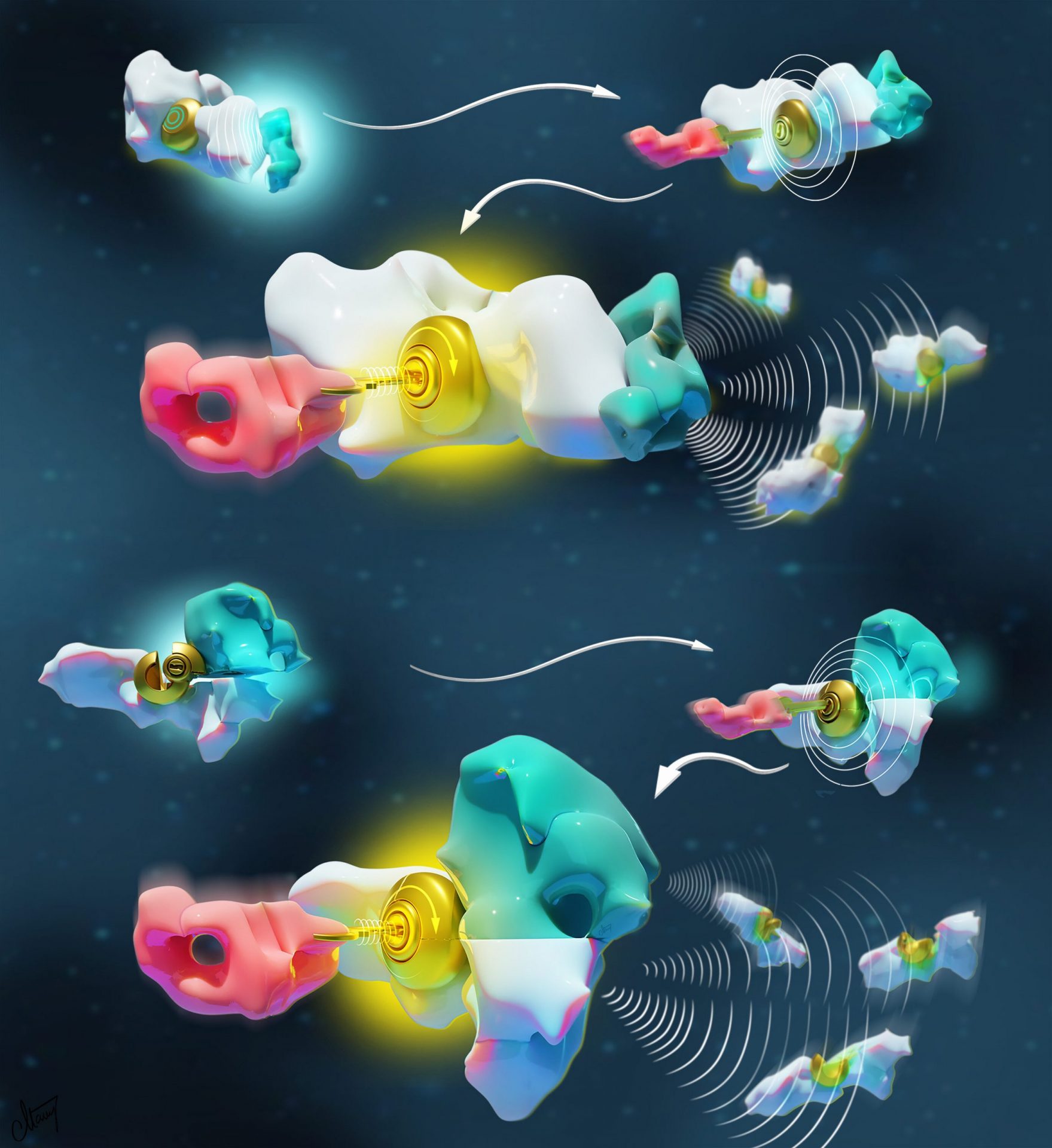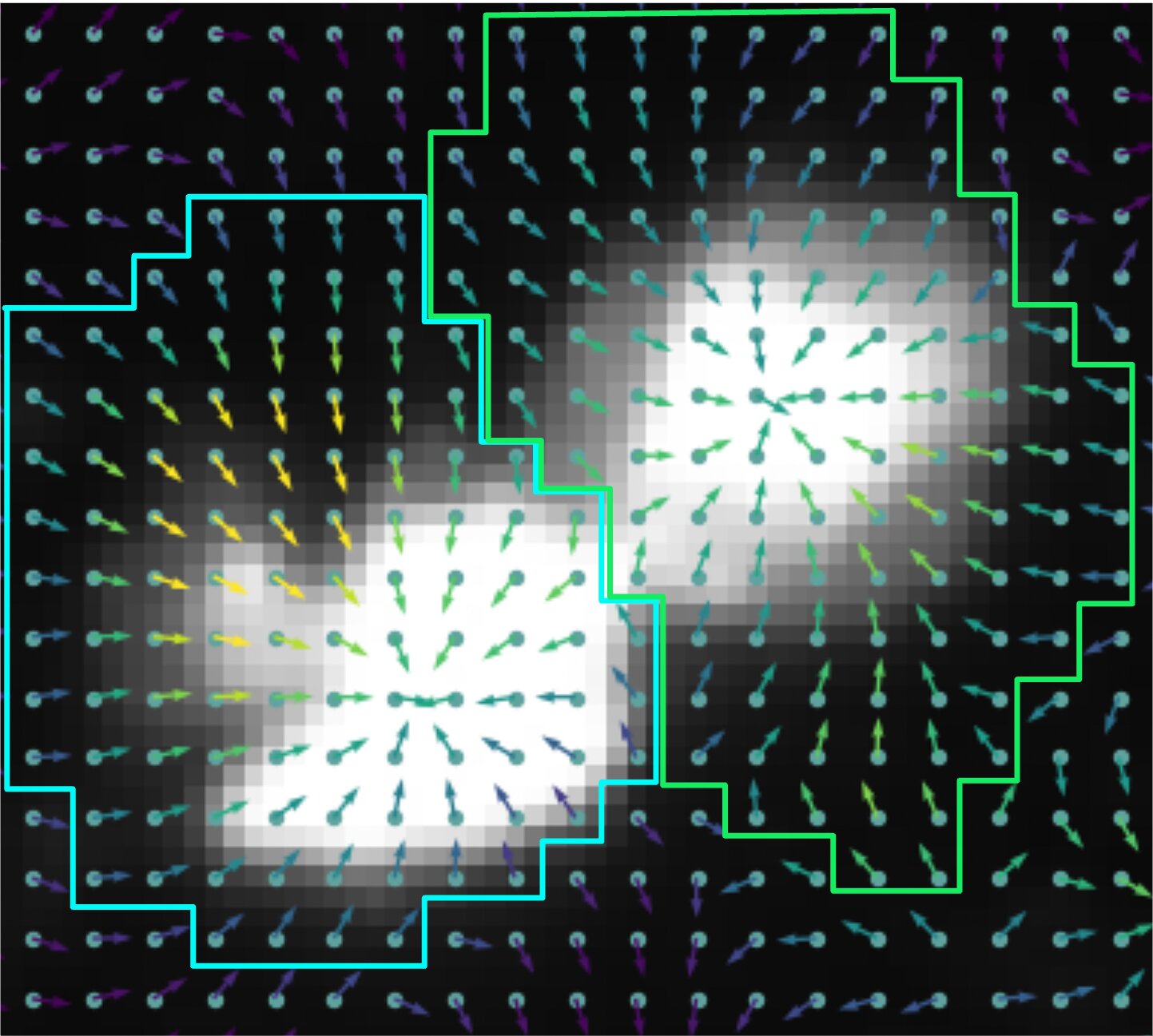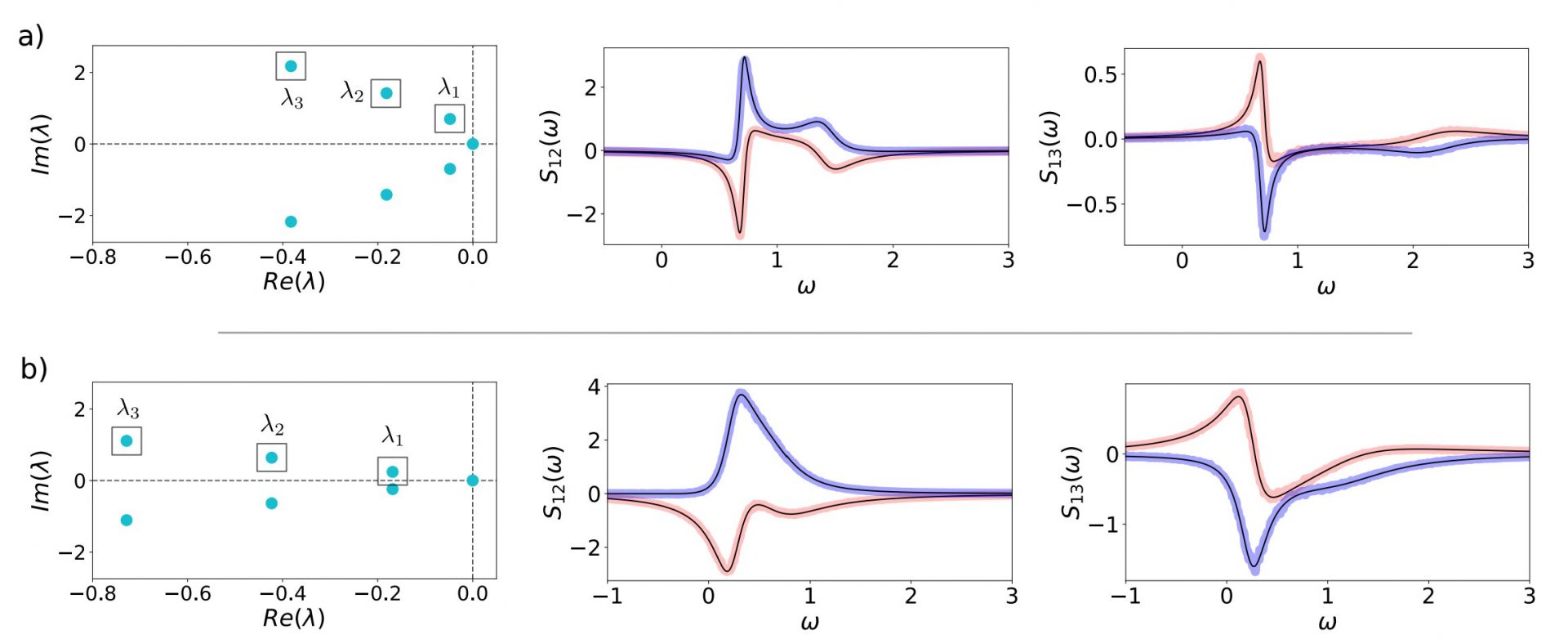Prepare to be amazed! Canadian scientists at Université de Montréal have successfully recreated and mathematically validated two molecular languages that are believed to be at the origin of life. This groundbreaking work opens up endless possibilities for nanotechnologies in biosensing, drug delivery, and molecular imaging.
Living organisms are made up of billions of nanomachines and nanostructures that communicate with each other to perform essential functions like moving, thinking, surviving, and reproducing. These functions rely on molecular languages, or signaling mechanisms, that ensure all molecules in living organisms work together to achieve specific tasks.
One of these molecular languages is allostery, which works like a “lock-and-key” mechanism. Another lesser-known language is multivalency, which functions like a puzzle. Both languages play crucial roles in molecular systems, and understanding their rules and principles is key to designing and programming artificial nanosystems.
To explore these languages, the researchers created a DNA-based molecular system that could utilize both allostery and multivalency. This system provided valuable insights into the parameters and design rules for programming communication between molecules within a nanosystem.
With this newfound understanding, the scientists were able to engineer a programmable antibody sensor using the language of multivalency. This sensor allows for the detection of antibodies across different concentrations, which is crucial for monitoring individual and collective immunity.
Not only does this discovery expand the synthetic toolbox for nanotechnology, but it also sheds light on why natural nanosystems may have selected one language over another to communicate chemical information.








